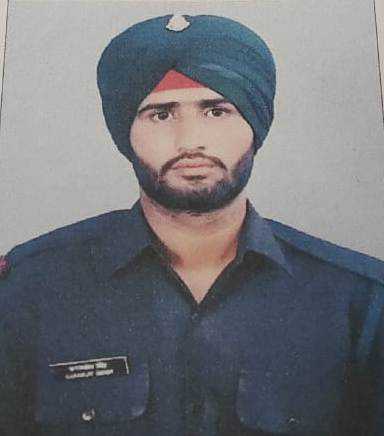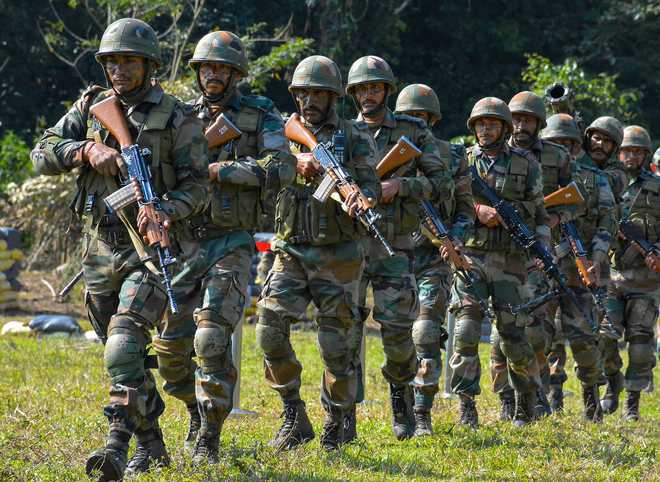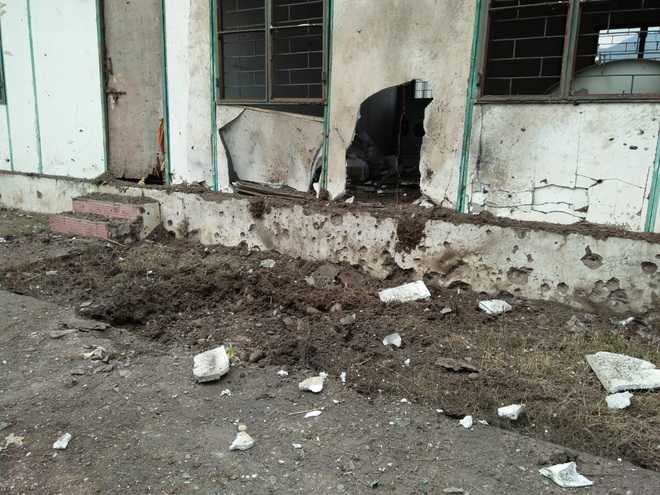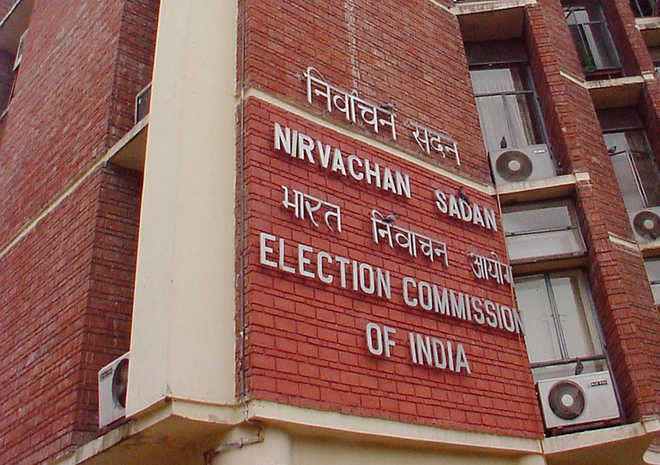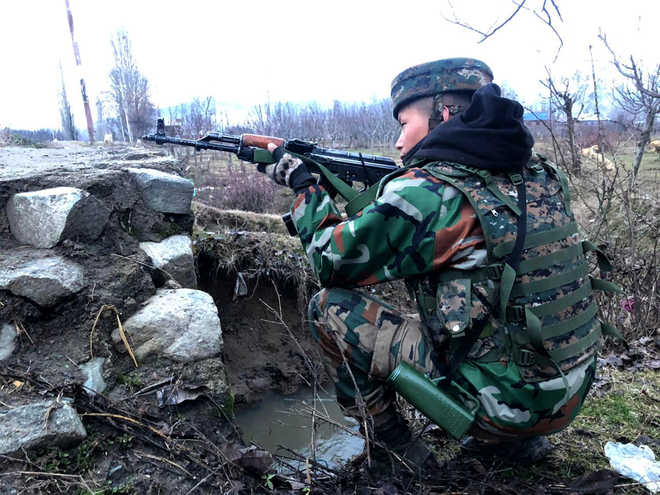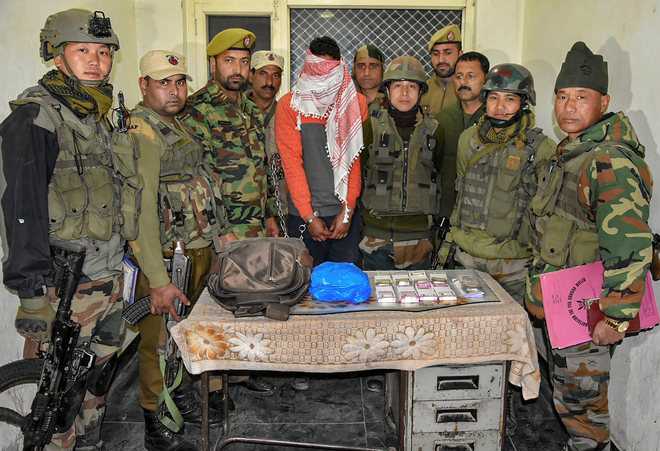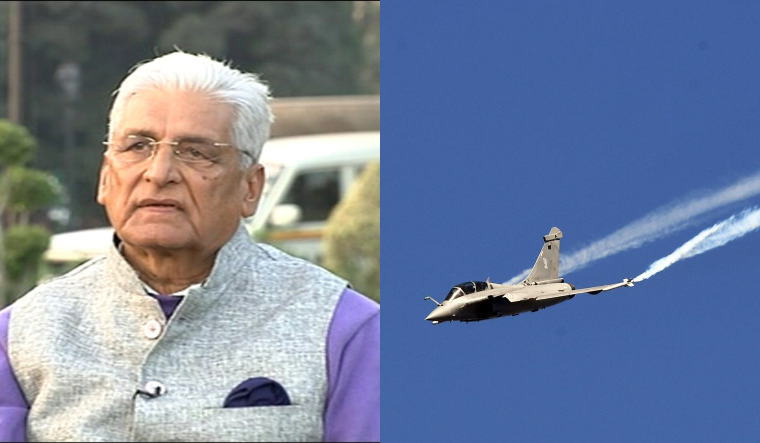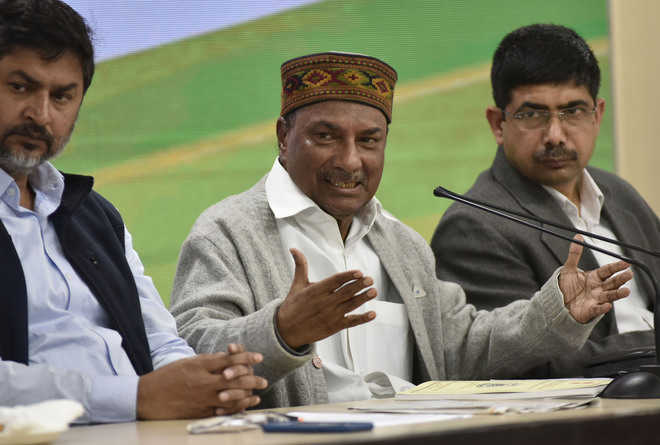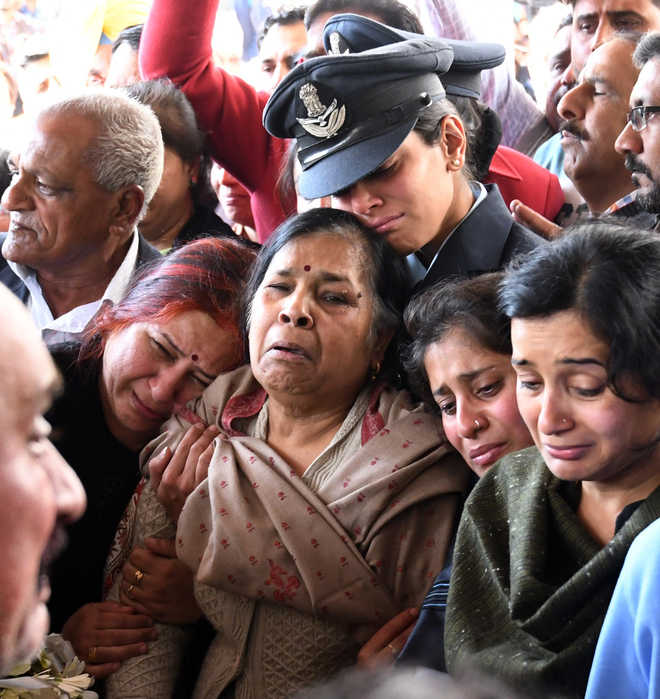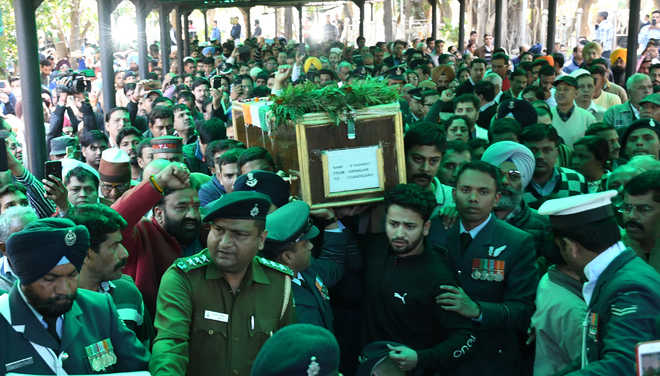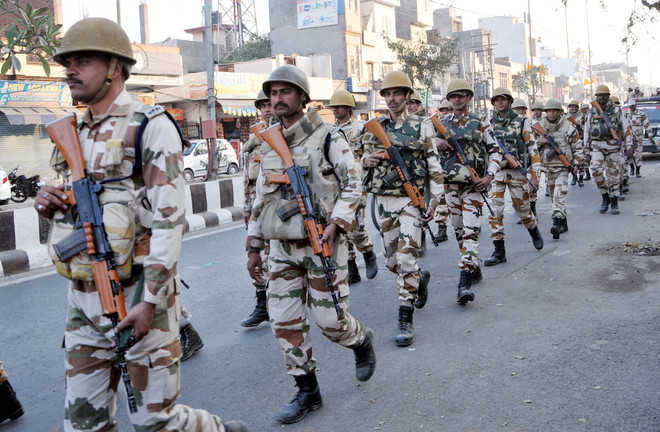
New Delhi, March 24
The Central paramilitary forces have asked the government to bring a new assessment system that would annually “weed out” unfit personnel as over 55,000 troops in their combat ranks are in the “low medical category”.
The recommendation was made after the Union Home Ministry, under which these internal security forces function, recently held a meeting with all the Central Armed Police Forces (CAPFs) at the North Block here.
The six CAPFs are the Central Reserve Police Force (CRPF), the Border Security Force (BSF), the Sashastra Seema Bal (SSB), the Central Industrial Security Force (CISF), the Indo-Tibetan Border Police (ITBP) and the Assam Rifles.
The meeting was called in the wake of a recent Delhi High Court directive to increase the retirement age of jawans and officers, up to the rank of commandant, in these forces from 57 to 60 years, like that in the CISF and the Assam Rifles.
The court had called the current policy of different age of superannuation in four paramilitary forces—CRPF, BSF, ITBP and SSB—as “discriminatory and unconstitutional” and said it created two classes in the uniformed forces.
While all the forces, except the CRPF, said they had no problems in enhancing the superannuation age of their combat troops, they raised concern over the fallout of this move as they needed to have young blood and an agile workforce to guard the country’s borders and undertake anti-naxal and counter-terror operations.
The CRPF, which is undertaking new initiatives to enhance its operational effectiveness post the February 14 Pulwama attack, said it will be unviable for it to have accumulation of older personnel as maximum of its battalions are operationally deployed all times and have very less peacetime duties.
It sad it will have more low medical category (LMC) cases if the retirement age of personnel, up to the commandant rank, is increased from 57-60 years.
The forces, as per records accessed by PTI, told the Home Ministry that they have a total of 55,330 personnel “in the low medical category at present, owing to injuries suffered by troops during action or the irreversible wear and tear their bodies take owing to deployment in inhospitable terrains for maximum time of their tenure”.
The highest number of personnel in LMC, 22,120, are in the CRPF, the report said.
The BSF has 14,115 personnel in LMC or 5.5 per cent of its total strength, the Assam Rifles has 10,202 troops in the category (3.79 per cent) and the ITBP 5,619 personnel or six per cent of its total strength, it said.
The CISF has 2,180 and the SSB 1,094 personnel (1.37 per cent) in LMC, the report said.
The forces, after the conclusion of the meeting, recommended to the government that “in case retirement age is raised to 60 years, it may be explored if a system is put in place to make yearly assessment to weed out those who are not fit to continue in the force consistent with its objective”.
People categorised under LMC are taken out of combat tasks and given administrative duties, and only certain select cases are chosen to be boarded out completely from the force, as per the present policy.
Conforming the move for a new assessment system to PTI, a senior official of the ministry said the proposal is being “analysed at the senior-most level of the Ministry of Home Affairs.”
The data provided by the six CAPFs, said LMC cases were higher in the age group above 35-40 years and hence, it was essential to keep the “operational and physical efficiency” of these forces up to the mark, a mandatory requirement for uniformed forces. — PTI








